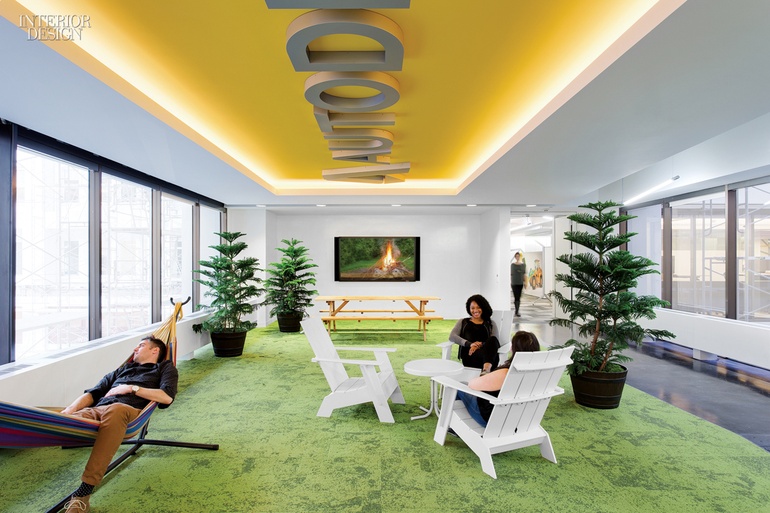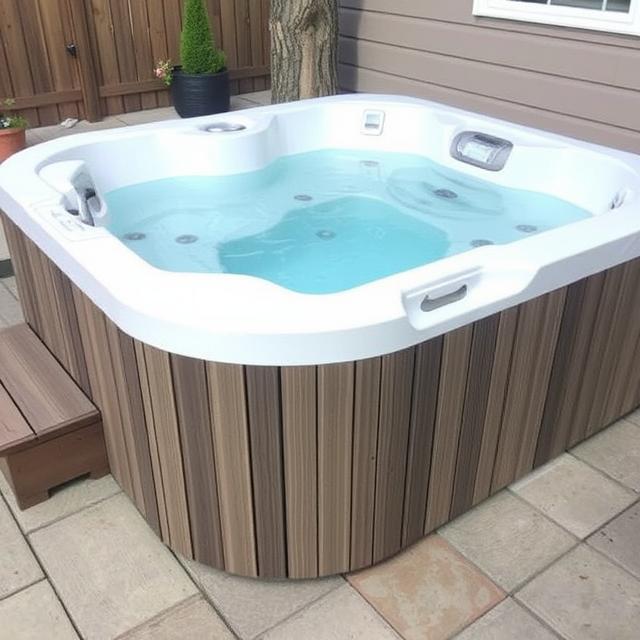
For service-based tech companies, the work environment plays a key role in productivity, innovation, and employee satisfaction. A well-designed office space supports collaboration, helps attract talent, and improves focus. Below are the most important features to look for in creative office spaces in tech companies.
Flexible Layouts for Changing Needs
Tech teams work in dynamic ways. A flexible layout with movable furniture, shared desks, and multi-use areas allows teams to shift between solo tasks and group discussions easily. It supports both privacy and collaboration without the need for a full redesign.
Reliable Tech Infrastructure
Fast internet, strong Wi-Fi, plenty of power outlets, and up-to-date video conferencing tools are essentials. Without a solid tech setup, day-to-day work suffers. Offices should also support remote and hybrid setups through well-integrated digital tools.
Access to Natural Light and Fresh Air
Bright offices with good airflow help boost energy and reduce fatigue. Natural light cuts down on screen-related eye strain, while fresh air keeps the mind clear. For employees spending long hours on computers, these features improve comfort and focus.
Informal and Breakout Areas
Not all ideas happen at desks. Informal spaces like lounges, game zones, or a quiet coffee corner give employees a chance to recharge and brainstorm freely. These areas often spark spontaneous discussions and creative thinking. That’s why creative office spaces in tech companies often choose such flexible areas.
Quiet Spaces and Sound Control
While open layouts work for teamwork, they can lead to noise distractions. A good office should have quiet zones or phone booths where employees can take calls or focus on demanding tasks. This balance helps boost overall efficiency.
Sustainability Features
Using eco-friendly materials, energy-saving systems, and adding indoor plants makes the office more appealing and cost-effective. These features also reflect a company’s commitment to sustainable practices—something that resonates with both clients and staff.
Ergonomic Design for Wellness
Comfortable chairs, adjustable desks, and spaces to stretch or take breaks support physical well-being. Long hours at a screen can cause fatigue and posture issues, so furniture and layout must cater to ergonomic needs.
Reflecting Company Culture
Office spaces should match the company’s identity. Whether it’s through colors, layouts, or decor, the design should echo company values. This helps create a sense of connection among employees and makes a strong impression on visitors. Many creative office spaces in tech companies are tailored to reflect their team spirit and goals.
Location and Accessibility
An ideal office location offers access to public transport, cafes, and parking. It should also be inclusive, with features that support differently-abled employees. A well-located office makes commuting easier and helps attract a wider talent pool.
Conclusion
The right office space is more than just a place to work. It helps foster creativity, collaboration, and comfort. For tech service companies, a well-planned setup ensures teams can work efficiently and stay motivated. Choosing smart, flexible features makes the workplace a true asset to the business.

